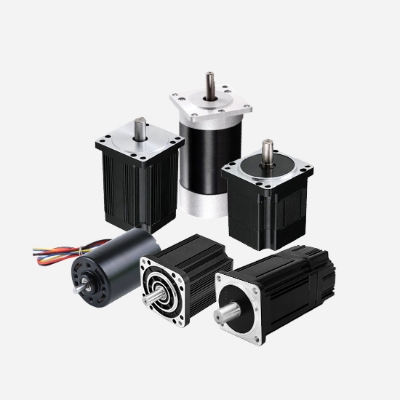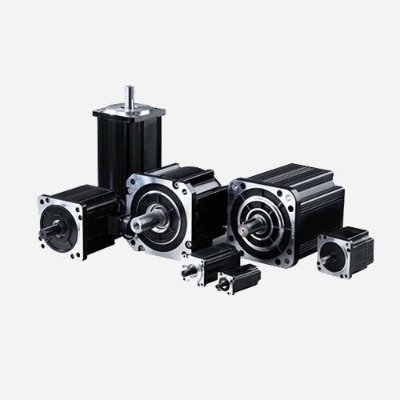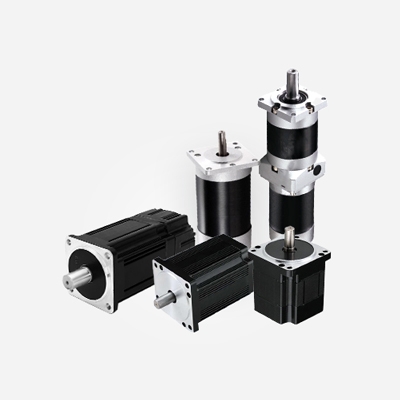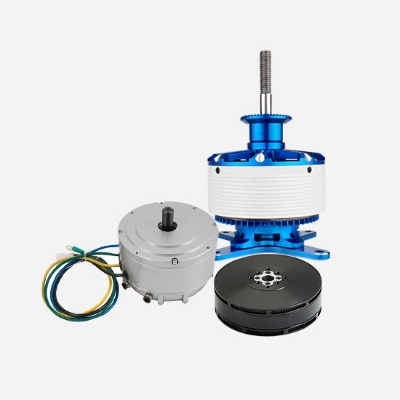A brushless DC electric motor (BLDC motor or BL motor), also known as an electronically commutated motor (ECM or EC motor) or synchronous DC motor, is a synchronous motor using a direct current (DC) electric power supply. As we have seen, the benefits the 3-phase brushless DC motor offers range from low noise, high efficiency, and durability. Many BLDC motor applications also require compact yet high torque devices, and the motor fits that perfectly.

The range of applications for high-speed brushless DC motors is one of the most widespread today, mainly due to the device's excellent performance and high efficiency. Today we will learn about these applications of BLDC motors:
- Automation
- Electric Bicycle
- Industrial applications
- Robots
- Medical device
- Aerospace
Brushless DC Motors for Automation
Due to the simple structure of three phase BLDC motor, stable operation and good speed regulation performance of brushless DC motors, brushless DC motors are increasingly used in the automotive field. In addition to being the core component of automobile drivers, the motor can also be used to drive automobile air conditioners, wipers, electric doors, airbags, electric seats, etc. Motor drive technology for automotive air conditioners and home air conditioner compressors is similar. Air conditioner compressors driven by brushless DC motors will develop towards a more energy-efficient and more comfortable full-DC inverter. Therefore, the brushless DC motor will become the mainstream direction of the development of speed regulation technology, and it will be more and more widely used in all aspects of the automotive motor drive.

Brushless DC Motors for Electric Bicycle
Electric bikes are popular with many people. In e-bikes, the BLDC motor is usually attached to the hub. The rotor then forms part of the wheel and rotates with the wheel. The stator, in turn, is usually built into the hub. Commutation of brushless DC motors without the need for physical brushes is one reason for their suitability. High torque and efficiency are also necessary to propel the bike.

Brushless DC Motors for Industrial Applications
For industrial applications, brushless DC motors are primarily used in servo, actuation, positioning, and variable speed applications where precise motion control and stable operation are critical for the satisfactory operation of the manufacturing or industrial process. The most common industrial uses of BLDC motors are linear motors, servo motors, actuators for industrial robots, extruder drive motors and feed drives for CNC machine tools.

Brushless DC Motors for Robots
As robotics has advanced, BLDC motors have become the most favored type of drive and hold the device. They are used for many reasons, such as efficiency, low thermal operation and compact construction. But the most important advantage of this application is the precise control that brushless motors enable, which facilitates the production of precise robotic systems and devices.
Brushless DC Motors for Medical equipment
Due to the need for surgery, the power system of orthopedic medical equipment is required to be able to continuously change speed in a wide range to meet the requirements of various occasions such as milling, drilling, and sawing. The existing drive motor for orthopedic medical equipment is a single-phase AC-DC series excitation motor and a voltage stabilizer, which is very noisy.
Due to the existence of brushes and commutators, preoperative disinfection cannot be performed, which has a certain impact on the effect of surgery. Regular replacement of brushes and motor maintenance is required. The brushless DC motor does not have the above-mentioned hidden dangers. As a driving system, it has the characteristics of low noise, wide speed regulation range, small size and lightweight, and is undoubtedly the best choice for medical equipment.
Brushless DC Motors for Aerospace
Typical applications of BLDC motors in aerospace are robotic arm control, gyroscope and rudder drive, etc. These applications generally require good high-speed and high-precision control and dynamic response, so the corresponding systems use closed-loop speed feedback control, and most of them use advanced process control algorithms.





